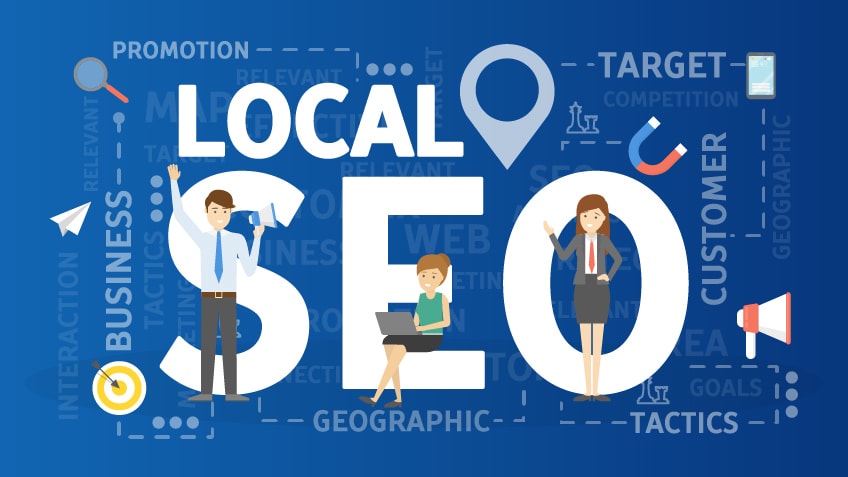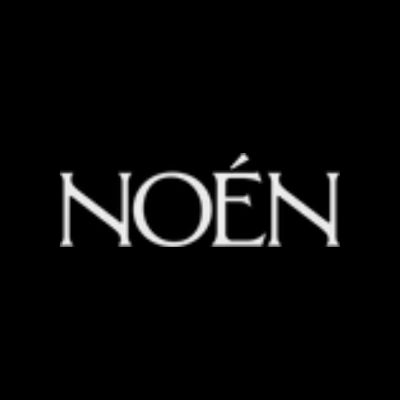
The digital world never stands still. In an era where algorithms update overnight and consumer behavior evolves faster than ever, keeping up with the latest digital marketing trends is essential for any business looking to stay relevant and competitive. Whether you’re a small startup or a large enterprise, understanding where the industry is headed can help you craft smarter strategies, engage your audience more effectively, and maximize ROI.
Here are the top 10 digital marketing trends to watch this year that are reshaping how brands connect with customers online.
1. AI-Powered Personalization Takes Center Stage
Artificial Intelligence is no longer a futuristic concept—it’s actively transforming how we market. In 2025, AI is being used to deliver hyper-personalized experiences across every touchpoint: from tailored product recommendations to custom email content and dynamic landing pages.
Tools like ChatGPT, Jasper, and various CRM-integrated AI systems are helping businesses analyze customer data in real time, allowing for campaigns that feel one-to-one rather than one-size-fits-all. If your brand isn’t leveraging AI yet, this is the year to start.
2. Voice Search Optimization Is Becoming a Must
More users are turning to smart speakers and voice assistants for information, shopping, and search. As voice queries become more conversational, brands must adapt their SEO strategies accordingly.
Voice search optimization involves focusing on natural language, question-based keywords, and local search queries. For example, instead of typing “best digital cameras 2025,” a user might ask, “What’s the best digital camera to buy this year?”
If your content isn’t optimized for these long-tail, conversational searches, you’re likely missing a growing segment of potential traffic.
3. Short-Form Video Dominates Engagement
TikTok changed the game—and platforms like Instagram Reels, YouTube Shorts, and Facebook Stories have followed suit. Short-form video is now the most engaging type of content on the internet, and its importance only continues to grow.
Brands are using these snappy, authentic clips to connect with audiences, showcase products, and tell stories quickly. Even B2B companies are hopping on the trend, offering behind-the-scenes glimpses, quick tips, and customer testimonials in video format.
The key? Make your content scroll-stopping within the first 3 seconds.

4. Privacy-First Marketing Is Non-Negotiable
With increasing regulations like GDPR, CCPA, and Apple’s App Tracking Transparency, marketers must now navigate a world where third-party cookies are becoming obsolete. This shift demands a renewed focus on first-party data—information that users willingly provide.
Transparent data collection, consent-based marketing, and robust privacy policies are critical. Companies that build trust by respecting user privacy will win long-term loyalty in a more skeptical consumer landscape.
5. Interactive Content Drives Higher Engagement
Consumers crave participation, not just consumption. That’s where interactive content shines. Tools like polls, quizzes, calculators, interactive infographics, and shoppable videos increase dwell time and boost engagement metrics significantly.
For example, a skincare brand might use a quiz like “What’s Your Skin Type?” to recommend specific products, collect email addresses, and guide buyers down the funnel—all in one seamless interaction.
Interactive content isn’t just entertaining—it’s also an effective lead generation tool.
6. Social Commerce Is Redefining Online Shopping
The line between social media and e-commerce continues to blur. Platforms like Instagram, TikTok, and Pinterest have made it easier than ever for users to shop without ever leaving the app. These native shopping features reduce friction and increase impulse buying.
For brands, social commerce means creating content that’s not just promotional, but shoppable. It also involves collaborating with influencers, leveraging user-generated content, and tapping into trends in real-time.
7. Content Experience Beats Content Quantity
Content marketing is still king—but the focus is shifting from producing more content to producing better content. In 2025, delivering an outstanding content experience matters more than just pumping out blog posts or social updates.
This means:
- Structuring content for easy scanning.
- Including visuals, videos, and interactive elements.
- Making mobile experience seamless.
- Tailoring content to each stage of the buyer journey.
Quality beats quantity—and relevance trumps reach.
8. Micro-Influencer Marketing Gains More Traction
While celebrity influencers still hold sway, micro-influencers—those with 1,000 to 100,000 followers—are delivering better engagement and ROI for many brands. Why? Because they tend to have more authentic relationships with their followers and more niche-focused content.
Micro-influencer marketing is more accessible for small businesses and ideal for hyper-targeted campaigns. Whether it’s a niche food blogger or a local fitness coach, their endorsement often carries more trust than traditional ads.
9. Augmented Reality (AR) Enriches Product Experiences
AR is no longer just for gaming—it’s becoming a powerful marketing tool. From virtual try-ons in fashion and beauty to seeing furniture in your room before buying, AR helps bridge the gap between physical and digital.
In 2025, more brands are adopting AR to help consumers make confident purchasing decisions. Retailers like IKEA and Warby Parker are already doing this effectively, and smaller businesses are beginning to follow suit thanks to more affordable AR development tools.
10. Sustainability and Brand Values Influence Buying Decisions
Today’s consumers—especially Gen Z and millennials—aren’t just buying products; they’re buying into brands. They want to know where you stand on issues like sustainability, diversity, and social impact.
Brands that are transparent about their values and practices are more likely to build loyal communities. Your digital marketing should reflect not just what you sell, but who you are and what you believe in.
From mission-driven storytelling to carbon-neutral delivery messaging, ethical branding is a competitive advantage in 2025.
Why Staying Ahead Matters
The digital marketing landscape is competitive, and consumers are more informed and empowered than ever. These trends aren’t just buzzwords—they reflect major shifts in how people engage with content, make decisions, and build trust with brands.
Adapting to these changes isn’t optional. It’s essential for staying visible, relevant, and effective in a crowded market. Whether you’re fine-tuning your content strategy, rethinking your social media plan, or investing in new technology, keeping pace with trends ensures you don’t fall behind.
To keep up, many businesses are turning to experts for support. That’s why there’s growing demand for professional digital marketing services that help brands stay agile, up-to-date, and successful in an ever-changing online world.
Final Thoughts
As technology evolves and consumer expectations grow, digital marketing must keep pace. The trends shaping this year—AI personalization, voice search, short-form video, privacy-first strategies, and beyond—are setting the tone for the future.
Don’t wait until your competitors are ahead. Embrace innovation now, and use these trends to craft smarter campaigns, connect authentically, and create better experiences for your audience.
The digital future is here. Are you ready to lead?






